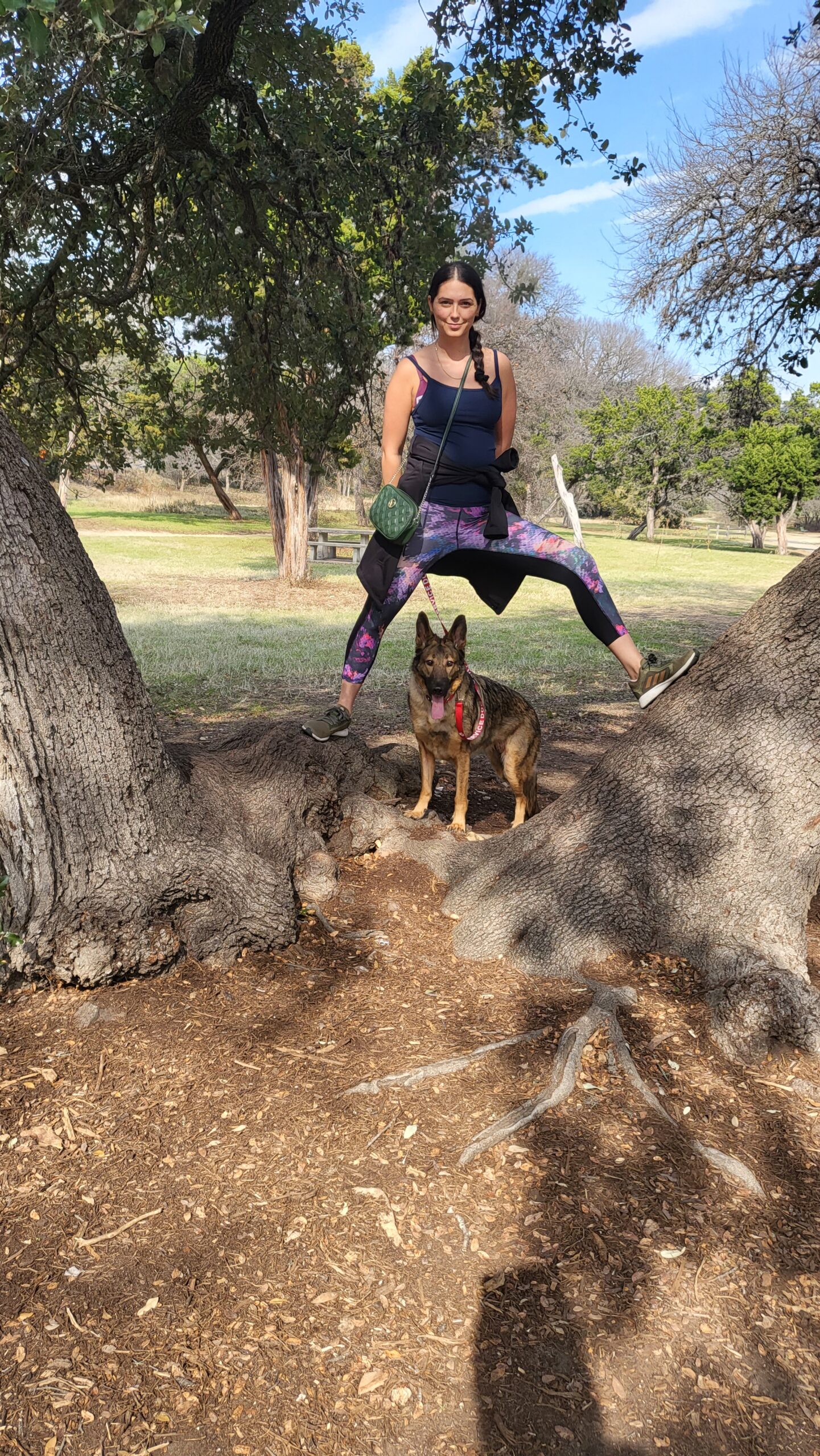3 min read

Kayla and Zuri drive 20 hours to see Aunt Elantra in Austin.
It's March 2023 And Firehouses Travels Hits For Pet Owners
Here are tips to prepare for any adventure with your cat and dog.
#1: 3-6 months before travel
Follow booking rules and regulations. Planes, trains, and automobiles all have safety guidelines for pet travel.
- Flying: airlines may not allow pets if the departure or arrival temperature is extreme. Breed restrictions also may also apply. Be prepared to check your pet stroller alongside your bags. Many airports now have animal-friendly rest and potty areas.
- Health certificates: airlines, some US states, and all international travel require a health certificate. Timelines and guidelines vary, so call us with your questions, and we can kickstart the process for you.
- If you’re a client rewards member, Firehouse offers unlimited travel health certificates within the continental US.
- Road trips: research pet-friendly hotels along the way and at your final stop. Jamie road trips with her dog every summer. She brings everything on our packing list, plus blankets that smell like home for extra comfort. Maria drove from Wisconsin and packs warm blankets to comfort her cat.
- Are dogs allowed on trains? Trains have restrictions when it comes to pets, so check with your provider. Some trains allow small companions only if they are in a pet carrier.
Microchip your pet: this form of permanent ID ensures a fond reunion if your cat or dog gets lost. If your pet already has a microchip, verify that your contact information is up to date.
Call us if you have a kitten, a puppy, a senior pet, or an anxious pet. We want to be sure your pet is healthy enough for travel. And is happy en route to your destination. We can also offer tips and product advice and prescribe meds to support fearful or anxious pets.
#2: The week of travel
What to pack:
- Vaccination records
- Medications: bring prescription and parasite prevention meds. We blogged about ticks last year, if you want to brush up on the basics of these little pests.
- A pet carrier or harness. We blogged about why a dog car seat and a cat carrier keep your pet safe on road trips.
- Water and a water bowl
- Treats and food
- Poop bags or a travel-sized litter box with its scoop
- Favorite toys
- A doggie bed and blankets for road trips
- A trash bag, paper towels, and disposable gloves for unexpected messes. Waterproof seat covers for car trips and disposable diapers for older pets.
Research vets within 30 minutes of your vacation spot. If you’re in the Denver area, Firehouse has a sister hospital named Goodheart with 2 locations.
#3: Day of travel
Exercise your pet, so they sleep while on the move. Play with your cat and dog before you leave so they’re tired for the plane, train, or car ride.
Feeding your pet: Pets can get nauseous. Feed your pet a small meal 3-4 hours before travel. An empty stomach minimizes the risk of nausea and vomiting.
Road trip safety guidelines: Plan to stop every 2 hours (for 15-30 minutes) to let your pet stretch their legs, enjoy fresh air, and for a potty break. As much as possible, limit or minimize the time your pet spends in the car alone. They can overheat in the summer (70 degrees or hotter) and get too cold in the winter (35 degrees or colder).
If you’re heading to the coast or another hot area, check out our tips for summertime travel and exercise to keep your pet safe.
Give our team a call before your trip. We hope these tips help you enjoy special time with your 4-legged companions.
